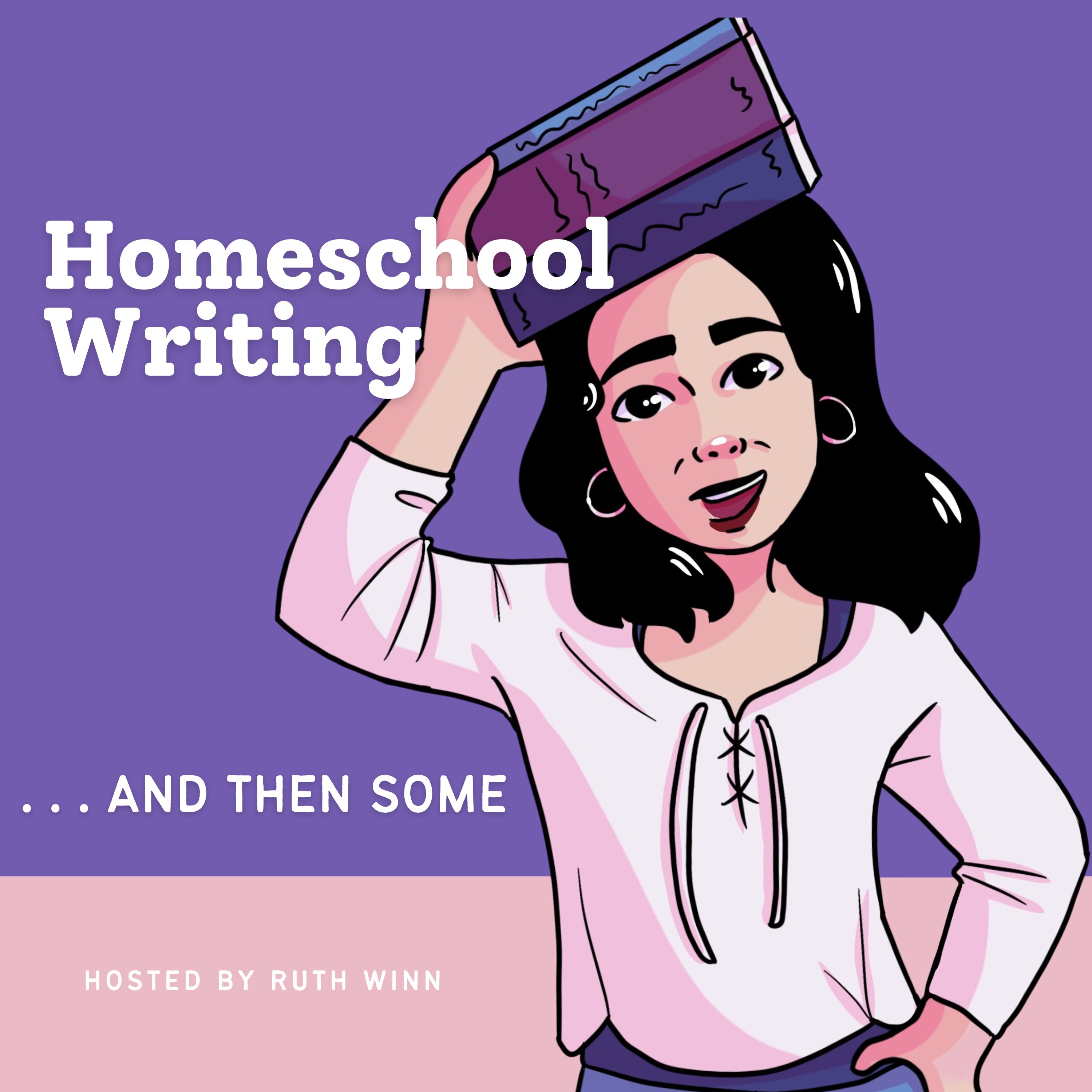Ep #6 How to Have Students Write about What They Read—Part 2: Writing as You Go
How often are you having your kids write? If you said, not often enough, then this might be the episode for you! In it, I discuss of a variety of ways that you can incorporate writing into your reading/literature curriculum. So whether you want your child to write every day or just once a week, you’ll find a strategy to help you reach your goals.
Here are the 10 choices I explain in this episode:
- Author biography (provides a short research project and develops the skills of summarizing, paraphrasing, and quoting).
Organization plan:
Introduction–Summary statement about the author including birth/death dates and what the writer is most famous for
Body paragraphs–Childhood and early life; writing career
Conclusion– Anecdote/interesting story/or several interesting things to know about the author
- Research a historical event related to the novel
- Pick a quote from the chapter and explain why you think it is important
- Character analysis—pick five details about the character and explain what they reveal about the character
- Point of view—write from a different point of view
- Tone—identify the tone of a passage, and then rewrite the passage to create a different tone
- Symbol—explain how the symbol functions in a particular chapter
- Imagery/Metaphor/Simile/Allusion—close reading—pick 3 to 5 examples and explain how they enhance the meaning of the passage
- Theme—(topic and significance of topic) within a chapter
- Conflict—Describe the conflict and identify the type of conflict as internal (individual versus him/herself)) or external (individual versus others, the environment, or the supernatural)
You can use these strategies over and over again with any kind of longer fiction.
Links mentioned
The True Story of the Three Little Pigs by Jon Scieszka
https://www.goodreads.com/en/book/show/55618025
Tone Charts
